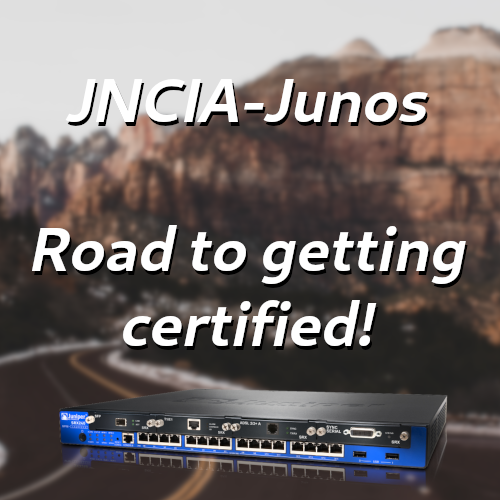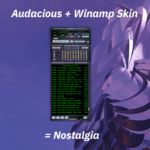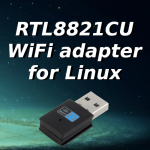After weeks of studying for the Juniper JNCIA-Junos exam and getting familiar with the OS, I got my first network certification!
What was the exam like?
I studied using the Juniper Genius online lessons and I would recommend them as they are very detailed and easy to understand. One thing I should have done was search for more practice tests as the Juniper practice tests did not cover everything. That said, the majority of the practice questions were very similar to the one on the actual exam.
I was fortunate enough to spend time on the Juniper virtual routers at my university. If you don’t have access to the routers, I believe there are virtual images which you can use with GNS3.
To summarize what’s on the test, I would highly recommend studying the following:
Junos OS fundamentals
- Software architecture
- Control and forwarding planes
- RE and PFE
- Exception traffic
User Interfaces (CLI mostly)
- CLI functionality
- CLI modes
- CLI navigation
- CLI help
- Filtering output
- Active versus candidate configuration
- Reverting to previous configurations
- Modifying, managing, and configuration files
- Viewing, comparing and loading configuration files
- J-Web (core and common functionality only)
Configuration Basics
- Factory-default state
- Initial configuration
- User accounts
- Login classes
- User authentication methods
- Interface types and properties
- Configuration groups
- Additional initial configuration elements such as NTP, SNMP and syslog
- Configuration archival
- Logging and tracing
- Rescue configuration
Operational Monitoring and Maintenance
- Show commands
- Monitor commands
- Interface statistics and errors
- Network tools such as ping, traceroute, telnet, SSH, etc.
- Junos OS installation and upgrades
- Powering on and shutting down Junos devices
- Root password recovery
Routing Fundamentals
- Traffic forwarding concepts
- Routing tables
- Routing versus forwarding tables
- Route preference
- Routing instances
- Static routing
- Advantages of and use cases for dynamic routing protocols
You can read more on Juniper’s website.
90 minutes is given to complete the exam but if you’re well prepared, you should be able to finish it fairly quickly with plenty of time to spare. There are 65 questions on the exam and I would highly recommend going through the practice and voucher tests one-last-time as well as any other questions you find online as they will be fresh in your mind.
About Pearson Online Proctoring
From what I read online, many had a poor experience with the Pearson OnVUE Online Proctoring system however for me it went well. To take the test, you need some form of ID verification like a driver’s license. I would recommend clearing your desk and putting any pens, notebooks, books out of reach.
Since the proctoring software locks down your computer, I would recommend creating a local user account separate from your personal one to do the test. You’re basically going to give a 360 degree view of your room / testing environment before the exam but apart from that, they are going to look at you. I would prefer doing it at a testing venue but due to covid lockdowns, this was my only option.
What’s next?
I’m happy with my performance on the exam however I do have to work on my firewall policies. My next goal is to look at JNCIS-Junos and Microsoft Azure.
Hope this helps!








